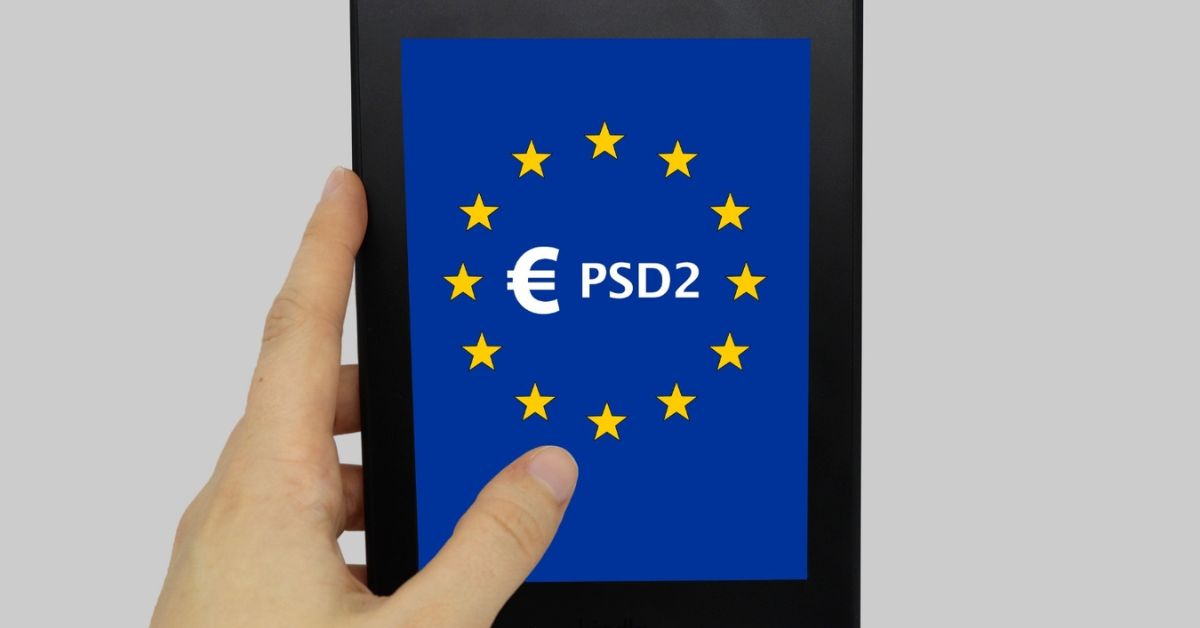Introduction:
In an era where digital transactions reign supreme, the maritime industry has transformed with the advent of innovative platforms like CruisePay. While the convenience of online transactions is undeniable, the importance of cybersecurity cannot be overstated. In this blog post, we will explore why cybersecurity is paramount in CruisePay transactions, ensuring a secure and enjoyable experience for cruise enthusiasts around the globe.
- The Rise of CruisePay: Navigating the Digital Waters
CruisePay has emerged as a leader in facilitating seamless and efficient transactions for cruise bookings and onboard purchases. As the maritime industry embraces digital solutions, the need for robust cybersecurity measures becomes more critical than ever.
- The Stakes of Cybersecurity in Cruise Transactions:
- Protection of Sensitive Information: CruisePay handles a plethora of sensitive information, including credit card details, personal data, and booking information. Robust cybersecurity safeguards this information from falling into the wrong hands, preventing identity theft and financial fraud.
- Preventing Unauthorized Access: Cybersecurity measures in CruisePay play a pivotal role in preventing unauthorized access to user accounts. Multi-factor authentication, encryption, and secure login protocols ensure that only authorized individuals can access and manage their cruise-related transactions.
- Securing Financial Transactions: Cruise transactions involve monetary exchanges, making them a prime target for cybercriminals. Cybersecurity measures within CruisePay protect the financial integrity of transactions, guaranteeing that payments are processed securely without the risk of interception or manipulation.
III. The Components of CruisePay’s Cybersecurity Framework:
- Encryption Protocols: CruisePay employs state-of-the-art encryption protocols to secure data both in transit and at rest. This ensures that information exchanged between users and the platform is indecipherable to unauthorized entities.
- Regular Security Audits: Routine security audits are conducted to identify vulnerabilities and address potential threats proactively. CruisePay’s commitment to continuous monitoring ensures that the platform evolves to counter emerging cyber risks.
- User Education on Cyber Hygiene: CruisePay doesn’t just rely on technology; it also emphasizes user education. Promoting good cyber hygiene practices, such as creating strong passwords and being cautious of phishing attempts, helps users play an active role in maintaining cybersecurity.
- Customer Trust and Reputation:
- Building Trust in Digital Transactions: A secure platform fosters trust among CruisePay users. Knowing that their information is protected instills confidence in the digital transaction process, encouraging more individuals to use the platform for their cruise-related transactions.
- Protecting the Brand Reputation: Cybersecurity isn’t just about protecting users; it’s about safeguarding the reputation of CruisePay. A single security breach can have far-reaching consequences for a brand, impacting customer trust and the overall success of the platform.
- Looking Ahead: Cybersecurity in the Future of Cruise Transactions
As the maritime industry continues to embrace digitalization, the future of cruise transactions relies heavily on the evolution of cybersecurity measures. CruisePay’s commitment to staying ahead of cyber threats sets the stage for a secure and seamless experience for cruise enthusiasts worldwide.
Conclusion:
CruisePay prioritizes cybersecurity in digital transactions, ensuring safe and enjoyable journeys for cruise enthusiasts. Robust measures safeguard information and digital waters, ensuring a secure environment for all users.
#Cybersecurity
#SecureTransactions
#CruisePaySecurity
#DigitalSafety
#ProtectingData
#CyberHygiene
#FinancialSecurity
#OnlineTransactions
#SecureBooking
#DataProtection
#CyberThreats
#UserPrivacy



